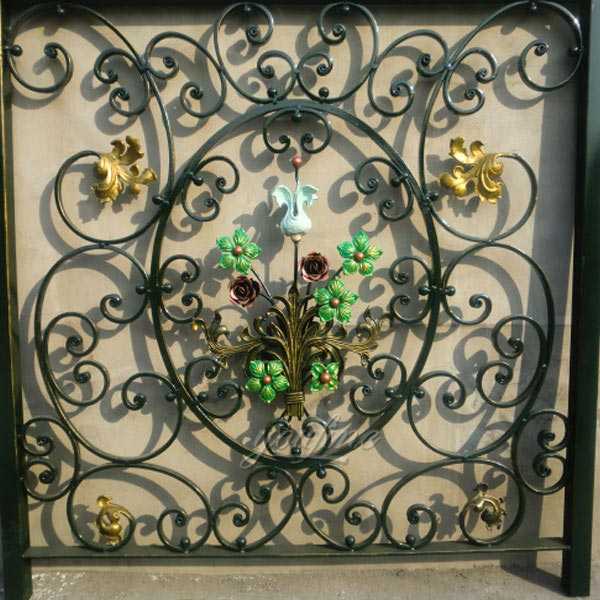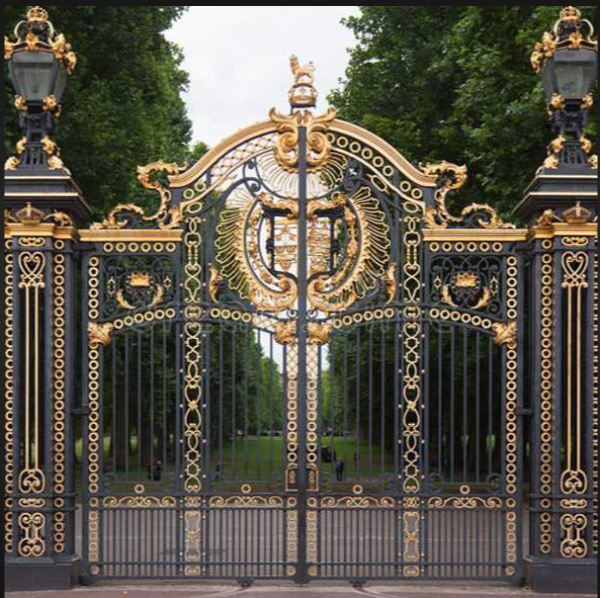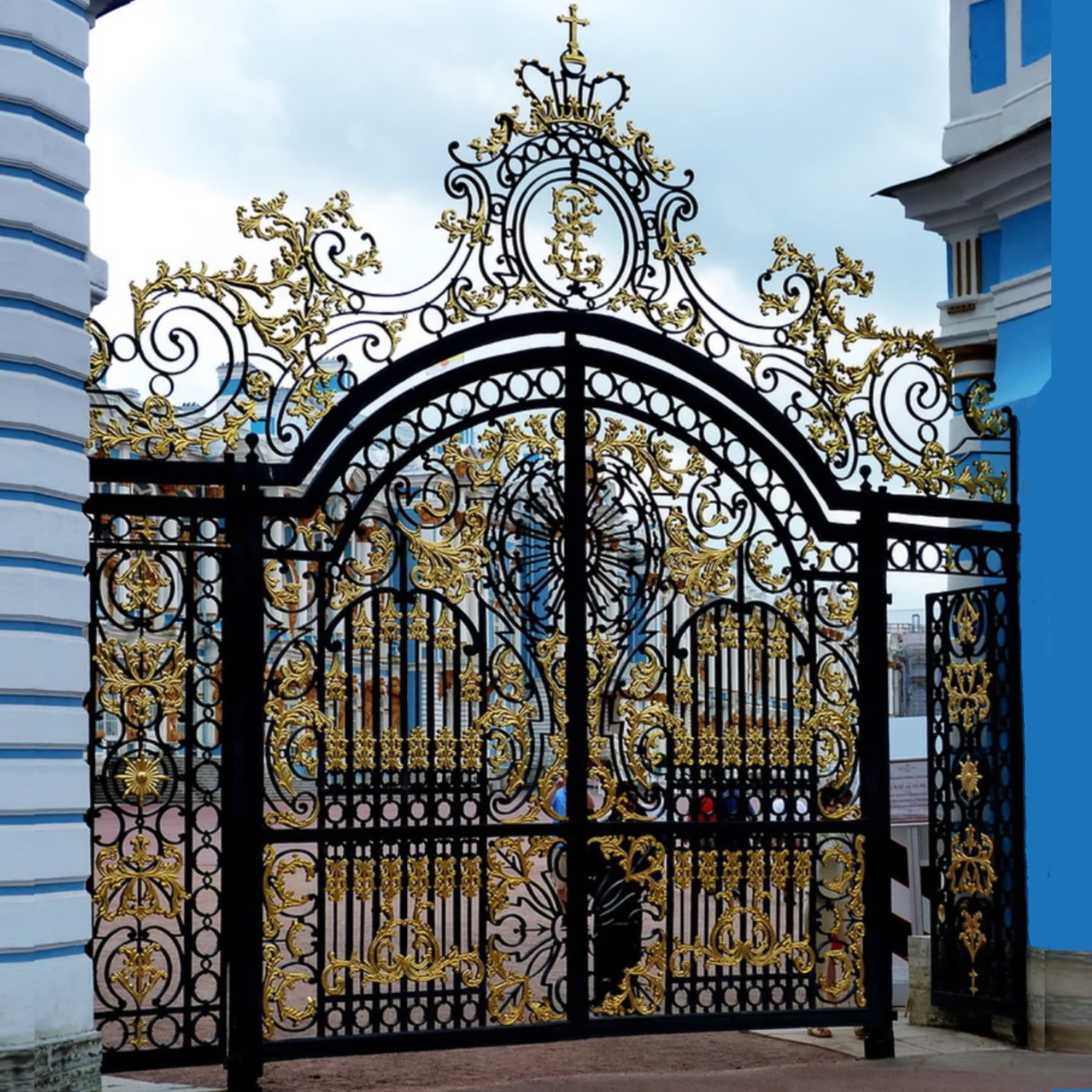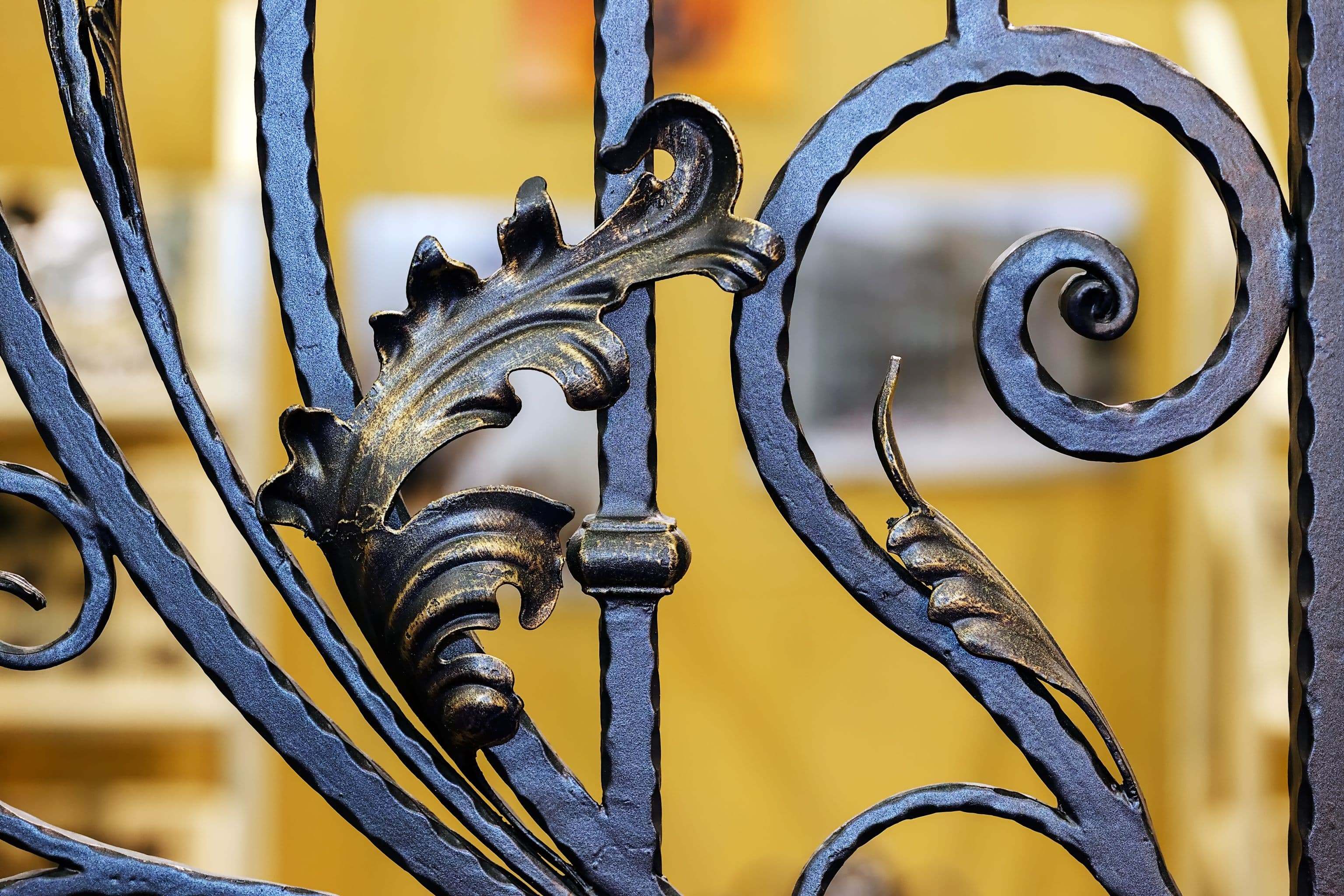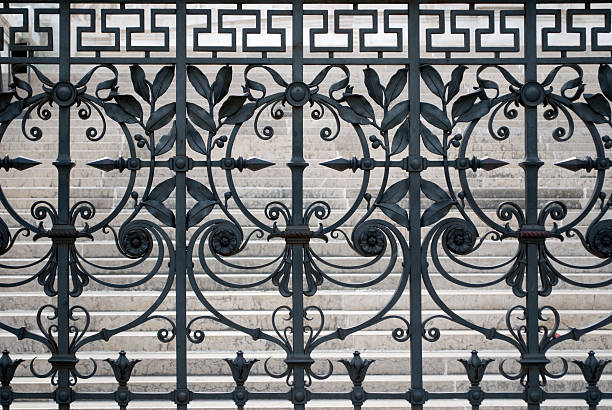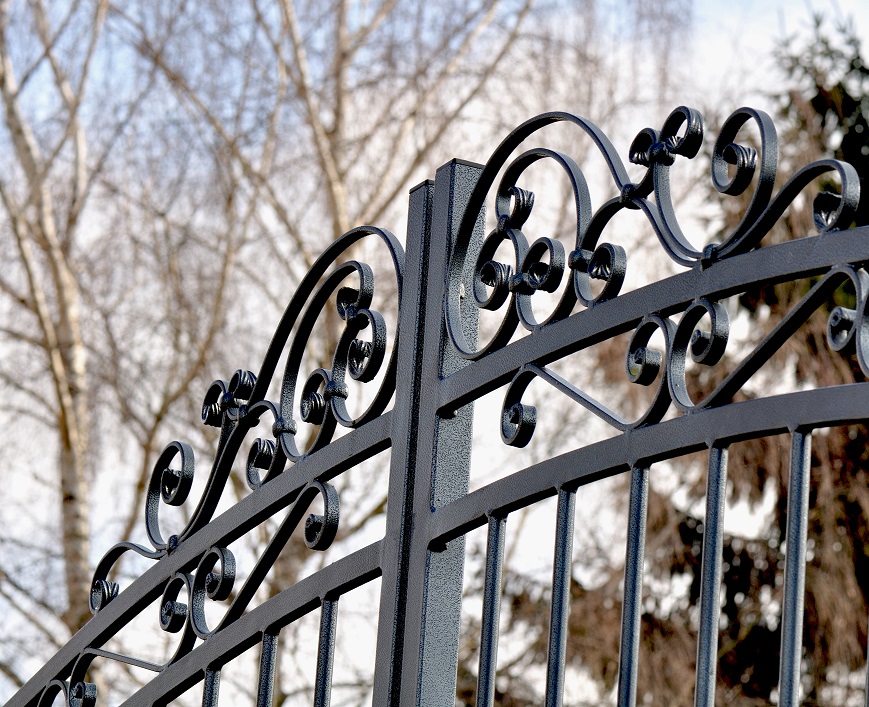About Ornamental Wrought Iron
When masterfully shaped by skilled hands, iron transforms into a precious metal. Its enduring strength, whispering the language of ages through artistry, resonates even today. From enduring the test of time to inspiring poetry, wrought iron's worth is immeasurable. A timeless contributor to world heritage, ornamental ironwork bestows lasting, distinctive charm.
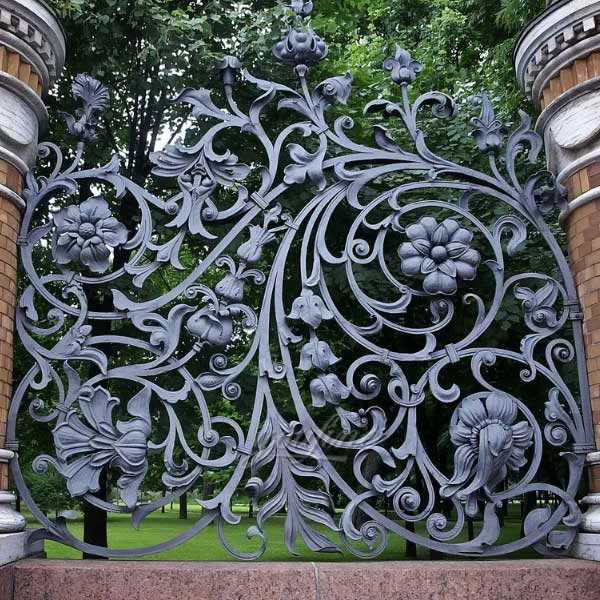
- Ornamental wrought iron, steeped in history, reflects centuries of craftsmanship and artistry.
- Renowned for its intricate detailing, wrought iron transforms everyday objects into works of art.
- From gates and railings to furniture and lighting, ornamental wrought iron enhances both form and function.
- Its enduring beauty transcends trends, making it a timeless choice for interior and exterior decor.
- Contemporary artisans continue to embrace and innovate this age-old tradition, ensuring its legacy lives on.
- Ornamental wrought iron remains a global cultural treasure, showcasing human creativity and dedication to beauty and utility.
